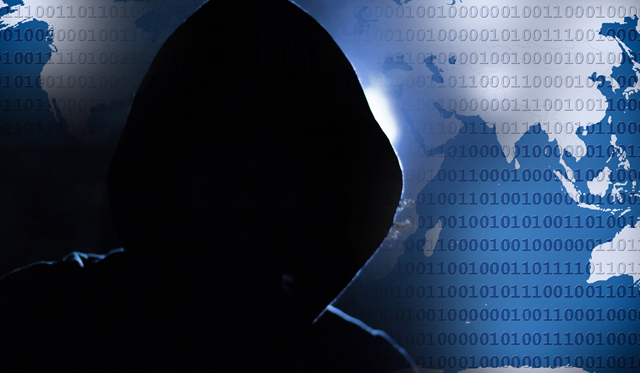In the beginning of 2016, a ransomware attack locked computers’ data of the Ottawa’s hospital. To recover the data, the hospital was forced to pay $17.000 US in bitcoins. Not only big organizations are attacked by ransomwares. Indeed, for several years, beginner hackers can easily download virus packs like Trojan Horses, and target individuals, and small & medium sized organizations to infect.
In the first quarter of 2016, victims paid more than $209 million ransoms, according to FBI of United States. It means an increasing of 870% compared to the whole 2015 year, and 2017 is likely to be another record year.
Between January of 2015 and April of 2016, Canada was in second position of most affected countries by ransomwares according to the Symantec’s antivirus.

If a ransomware is installed on your computer, the hacker can lock access to your device, steal your confidential data, delete information, and you can lose all of your data even if you pay the ransom. It can be a really big loss of money and time for your business.
How to protect yourself?
The most important thing is to do backups regularly, and to test the recovery before an attack happen. The goal is to always have a non-compromised copy of your device’s content.
The three essential steps to protect your device:
1
Install a firewall on your network: it will inspect all incoming and outgoing files and lock threats, many have sophisticated intrusion prevention features as well as access to up to date signatures to block viruses and malware.
2
Install an antivirus: it analyses a suspect behavior on your machine and locks all the threats passed through the firewall. Real-time scanning is now available on many tools.
3
Watch out! Technologies are not enough anymore: you have to be prudent. For example, be careful throughout e-mail reception, don’t open attachments from a sender you don’t know. Moreover, be careful of the files and links you receive via social medias before to click on it or to download it.
If you are a ransomware’s victim, you have to disconnect your device from the network immediately and install the last backup you have. This one has to be obviously in another location, such as a cloud service or an external drive. Then you have to delete all infected files, run a good virus check, and finally restore the files.
Ransomware attacks don’t affect only others… Let’s protect ourselves! Have a look here to know how we can help you.


